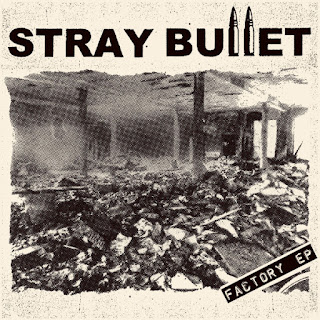Sobriquet 46.1
The following post was originally published on 9/1/08.
All right. Here I am, fifteen minutes into September, still working my way through the criticism on Disgrace, a task I had initially hoped to have completed no later than 11:59 PM on August 31.
At any rate, in between re-reading Waiting for Godot and Oryx and Crake and watching YouTube videos featuring Ralph Nader (let him in the debates, already!), I managed to read Diane Green's "'A Man's Best Friend is His Dog': Treatments of the Dog in Jane Eyre, Kate Greenville's The Idea of Perfection, J. M. Coetzee's Disgrace, and Jean Winterson's 'The 24 Hour Dog.'" Green's essay, while often interesting, strikes me as perhaps a bit too presumptive, often assuming the validity of highly metaphoric readings of particular scenes in Coetzee's novel without providing any real evidence to convince a healthily skeptical reader of such validity. Not surprisingly, given the article's title, dogs are given an uncommonly -- and often contradictory -- set of metaphoric meanings ranging from black Africans (149) to white Africans (150), Indeed, Green argues, "[a]t different times and from different perspectives the dog in this novel is symbolic of every character and race" because of "how radically the position of underdog can change" (151). While I do not find all of her arguments convincing, I do think Green provides us with a strong reading of David Lurie's character as one of diminishing value, drawing interesting parallels between the disgraced academic, post-Apartheid South African society, and the abandoned bulldog, Katy.
For tomorrow: Read another article.
Work Cited
Green Diane. "'A Man's Best Friend is His Dog': Treatments of the Dog in Jane Eyre, Kate Greenville's The Idea of Perfection, J. M. Coetzee's Disgrace, and Jean Winterson's 'The 24 Hour Dog.'" English 52 (2003): 139-61.




Comments
Post a Comment